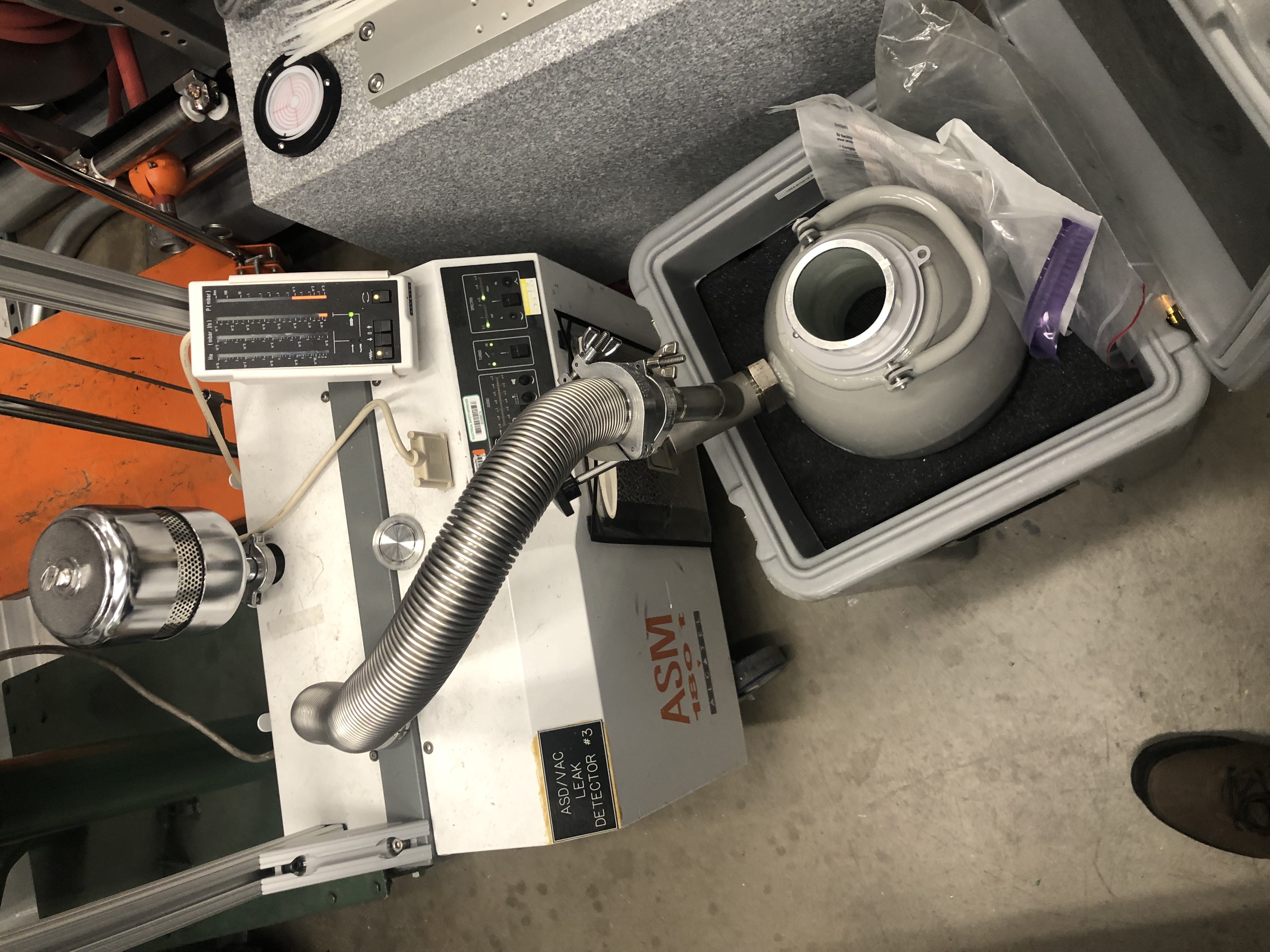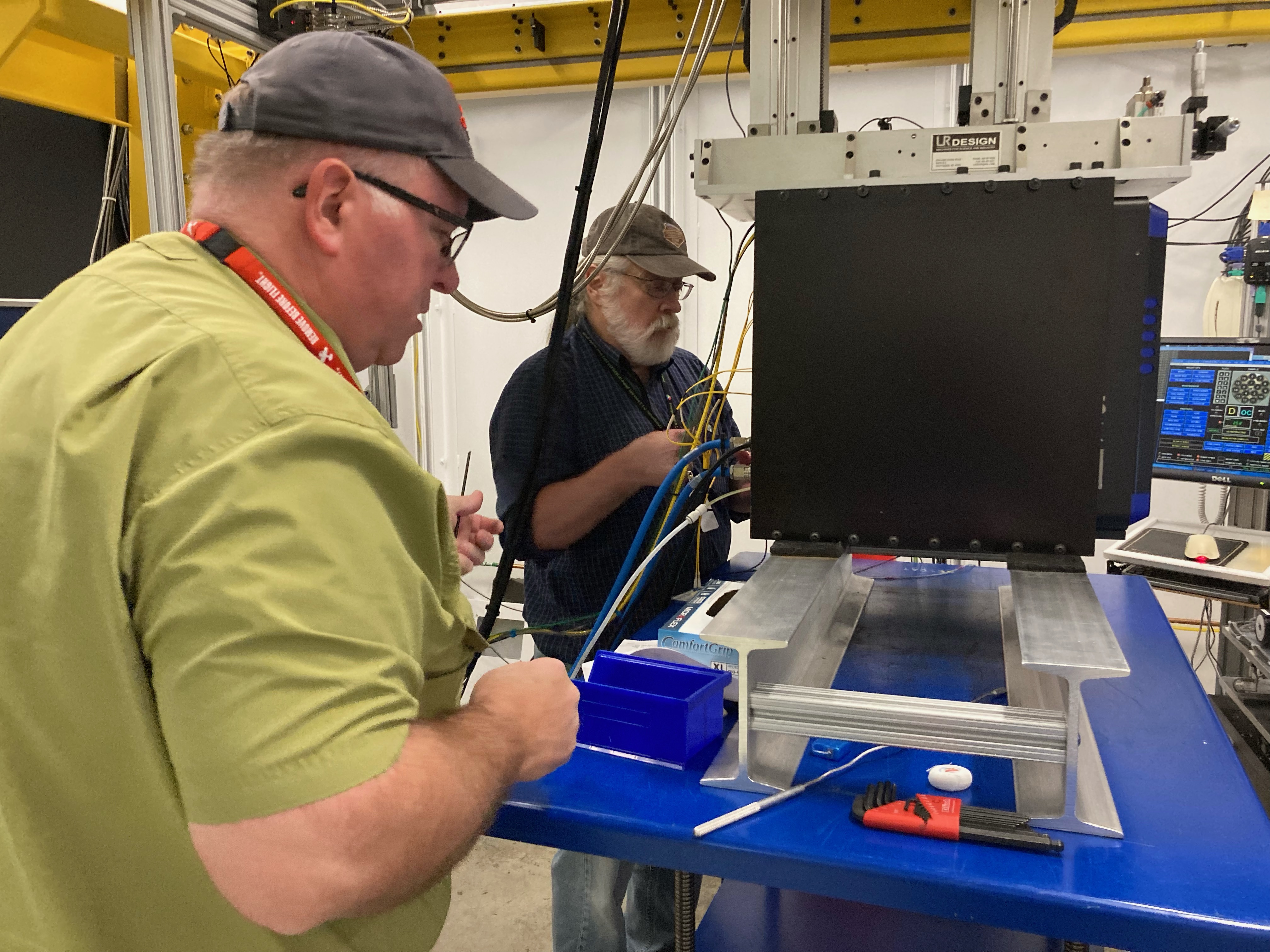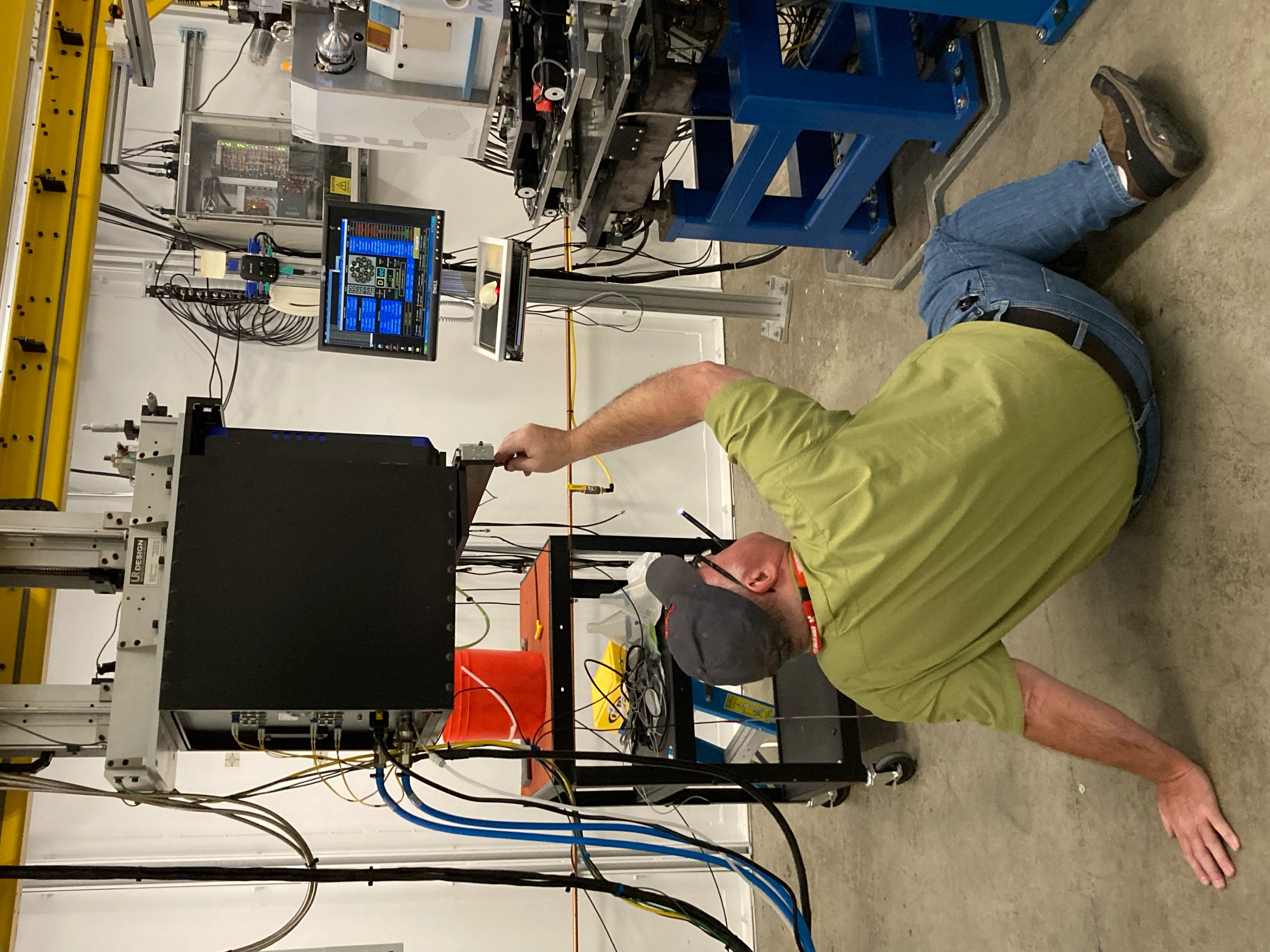Dewar Recovery
Submitted by kperry on Mon, 09/27/2021 - 08:44Sometimes, a dewar arrives warm and without any visible or noticeable breaks in any of the common breakpoints, such as the neck. In these situations, it is possible that the vacuum has been lost on the dewar over time, preventing it from holding temperature. NE-CAT can check the integrity of the vacuum by pumping down the dewar, then, while the dewar is under vacuum, Ed Lynch flows helium gas over the outside of the vacuum vessel, especially at the seams.



